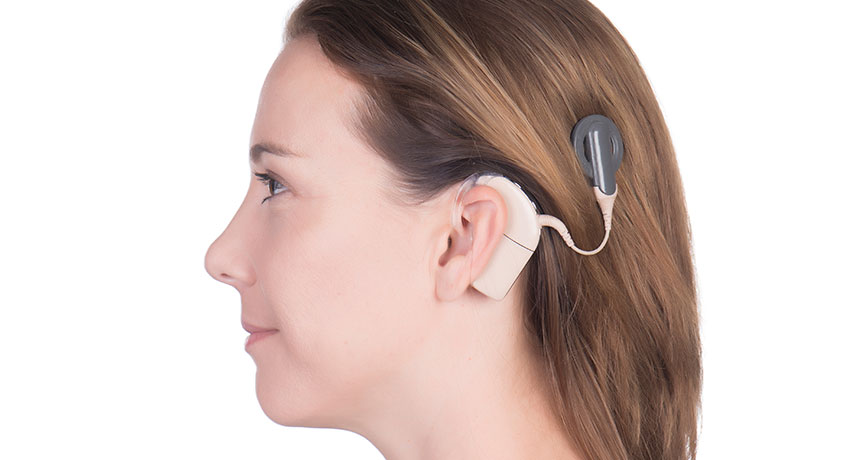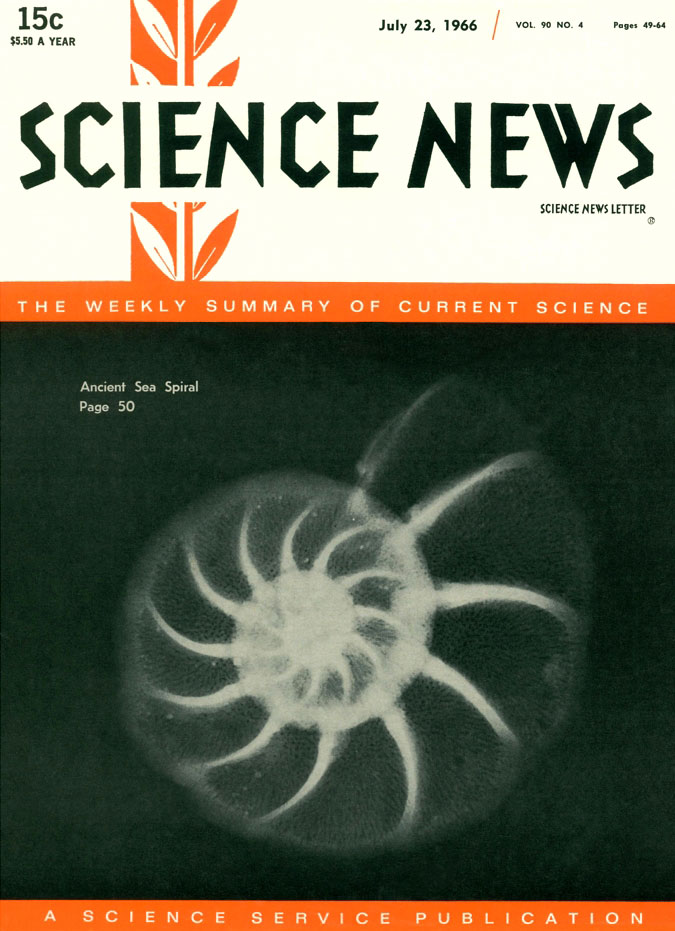Artificial hearing has come a long way since 1960s
Excerpt from the July 23, 1966, issue of Science News

CAN YOU HEAR ME NOW? Cochlear implants have helped deaf people hear for decades. New technology may expand the frequencies that humans can hear.
Elsa Hoffmann/Shutterstock
 ‘Hearing’ electrically — A deaf person has been able to “hear” as a result of direct electrical excitation of auditory nerve fibers. But what he can hear may not make much sense…. Although speech-modulated stimuli were not understood, they were unerringly recognized as speech, mainly by rhythm and volume cues…. Optimism about the possibility of an artificial sense organ is now slightly more justifiable. —
‘Hearing’ electrically — A deaf person has been able to “hear” as a result of direct electrical excitation of auditory nerve fibers. But what he can hear may not make much sense…. Although speech-modulated stimuli were not understood, they were unerringly recognized as speech, mainly by rhythm and volume cues…. Optimism about the possibility of an artificial sense organ is now slightly more justifiable. — 





